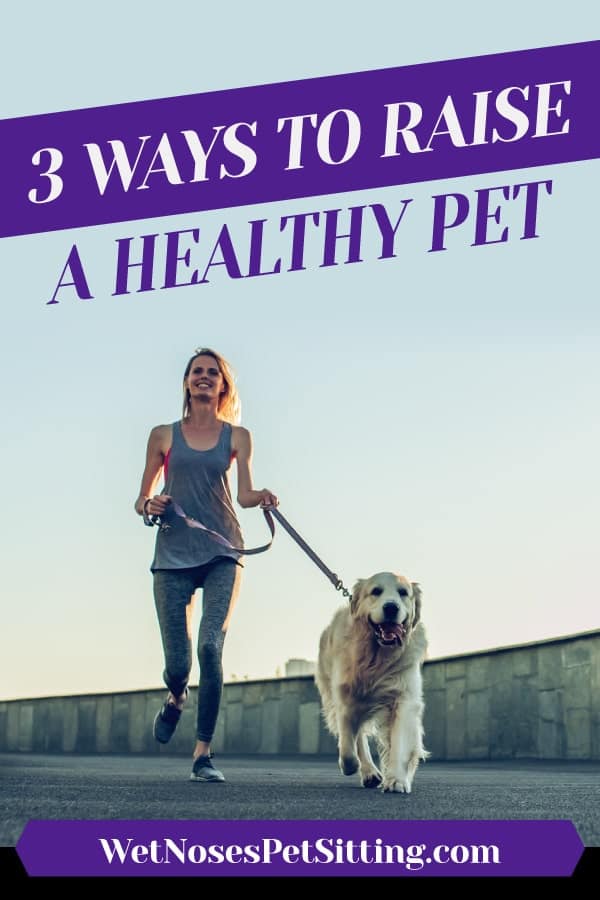5 Questions to Ask Your Vet at Your Next Visit
When you’re getting ready for your yearly physical, you probably have a few questions prepared for your doctor. And it’s smart to have them prepared ahead of time. Because if you’re like me, by time you’re in the back room, chances are you’ll forget to ask at least one thing you were concerned about.
The same should go for your pet at their regular wellness checks as well. There are just as many, if not more distractions at the vet. Sometimes that leaves you floundering for words and just hoping to get out unscathed.

Having a few good questions jotted down for easy reference will go a long way in making you get the most out of your pet’s vet visit.
1. Is my pet overweight?
Being on top of your pet’s weight is important. According to the Association for Pet Obesity and Prevention, more than half of the dogs and cats are overweight in the U.S. Even though we are almost conditioned to think “a fat pet is a happy pet,” that’s not true. Obesity sets them up for a whole slew of complications such as, diabetes, heart disease, arthritis and more.
2. What is the best food for my pet?
This question almost goes hand in hand with the weight question, but it is still beneficial for average weight pets as well. Not all pet food is created equal and some foods have fatty fillers and sub-par ingredients. Tell your vet what food you regularly feed your pet. Also, as they age dietary needs can change. Ask them what they feel is an appropriate diet for them considering their age and weight.
3. Do you have any recommendations for flea/tick meds?
Flea and ticks are not just a problem for the spring and summer. They can actually be a threat all year round. More than just a nuisance, they can transmit deadly diseases too. Depending on the time of year and your pet’s health in general, your vet may have a better way of protecting your pet.
4.Does my pet need a dental cleaning?
Often forgotten, but still very important is dental health. Recent surveys state that an estimated 80% of adult dogs and 70% of adult cats suffer from a least some degree of periodontal disease. If dental hygiene is ignored too long, it can result serious health issues with the liver, kidney, heart. Your vet should have some easy and painless ways to help.
5. Is this normal?
This is the general behavior or health question to ask your vet. It’s whatever may concern you about your pet. Like do they have a quirky behavior, a weird eating/sleeping habit? Or you may be worried about lumps or bumps on their skin. Reserve this question to fit what concerns you about your pet specifically.
A little bit of planning goes a long way in making sure you get all the answers you need. Doctors and vet visits are stressful enough as it is, no need to add stress to it by being unprepared.
Do you have any additional questions you like to ask your vet? Let us know in the comments!



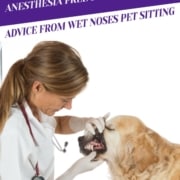
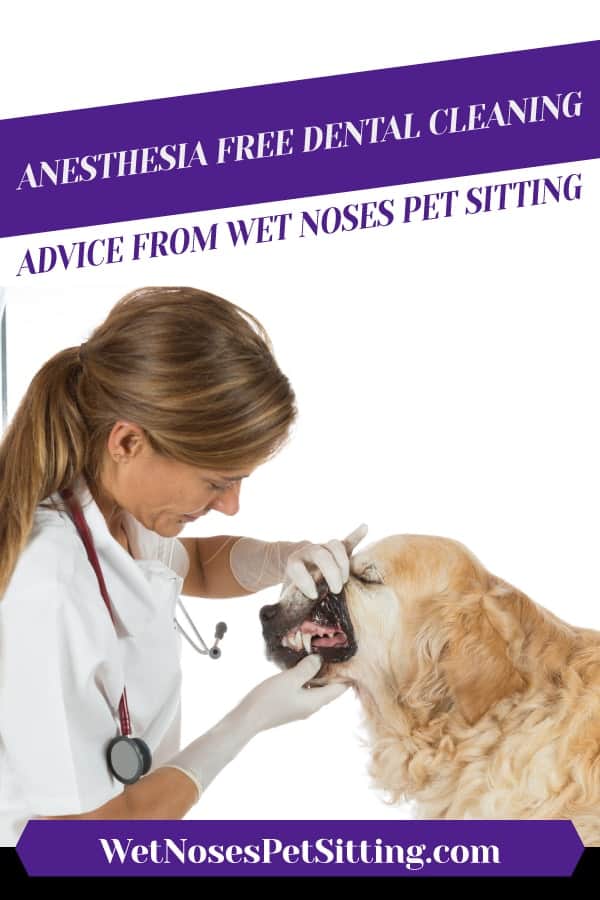
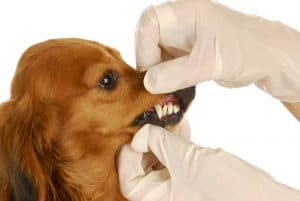
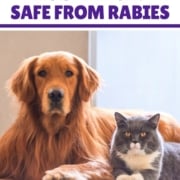
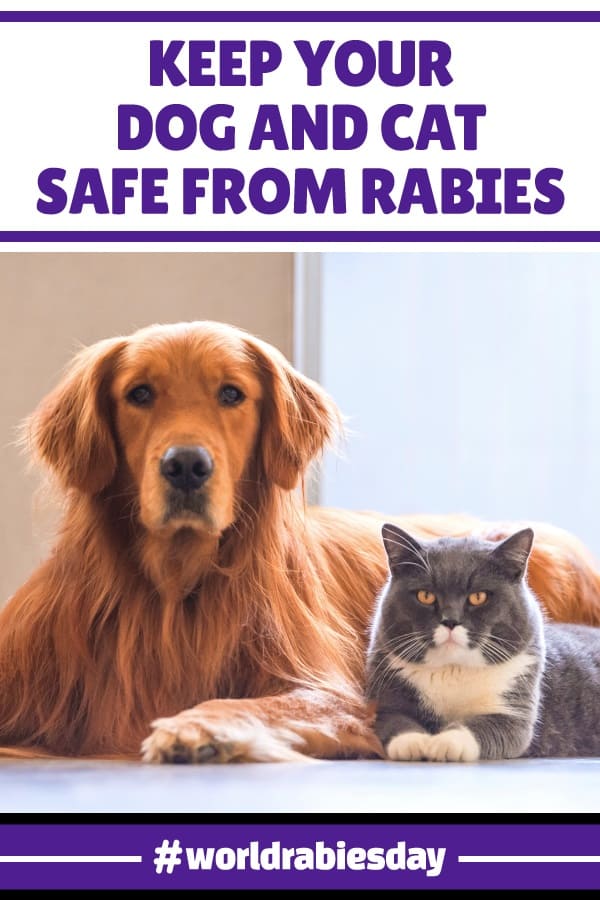
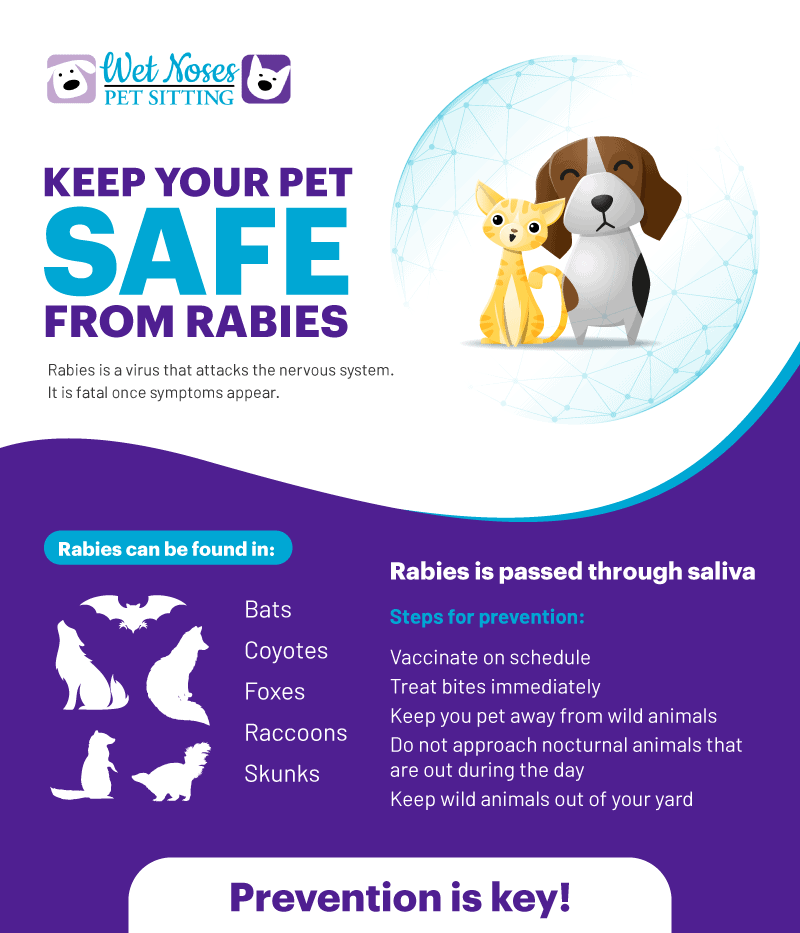




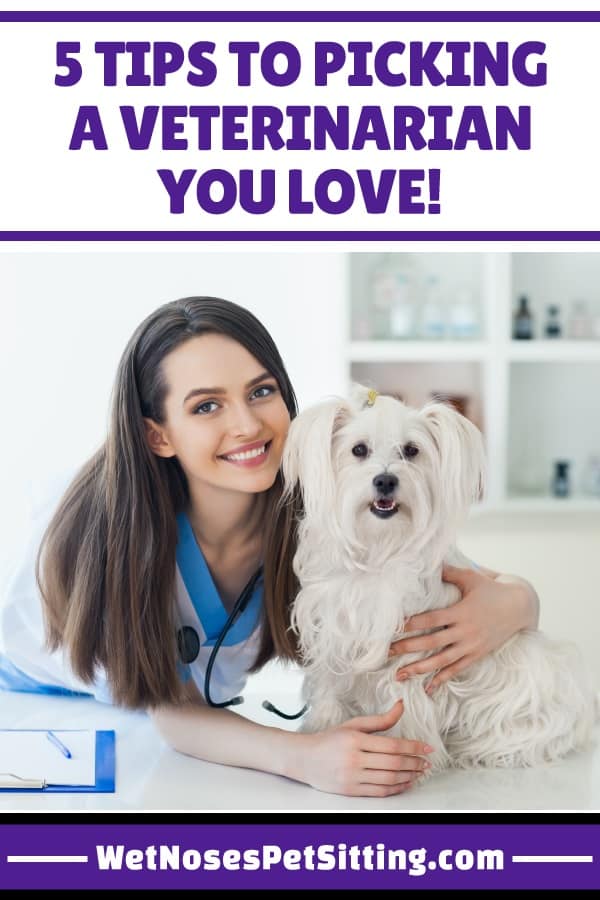
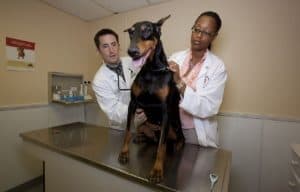
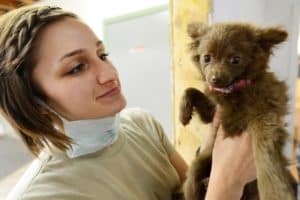
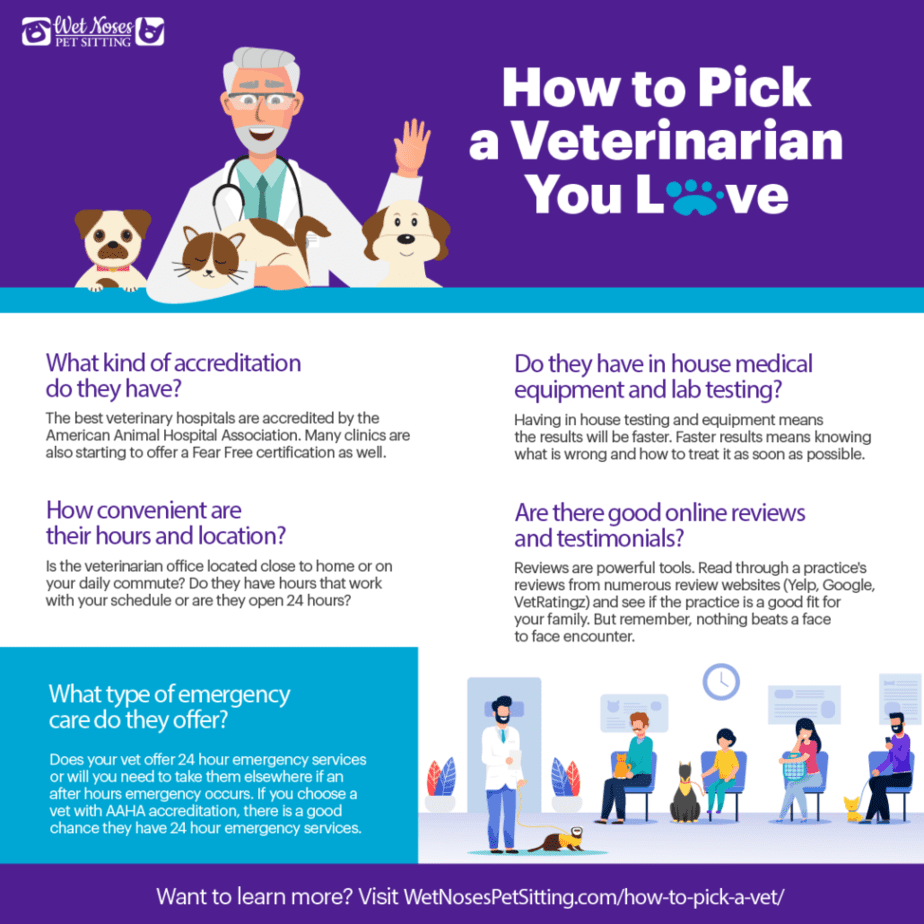



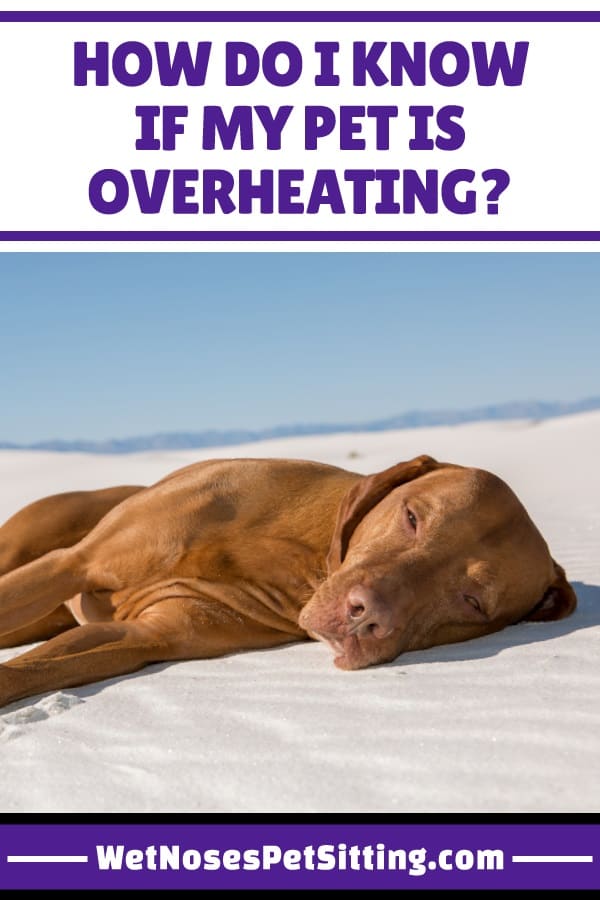
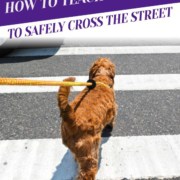
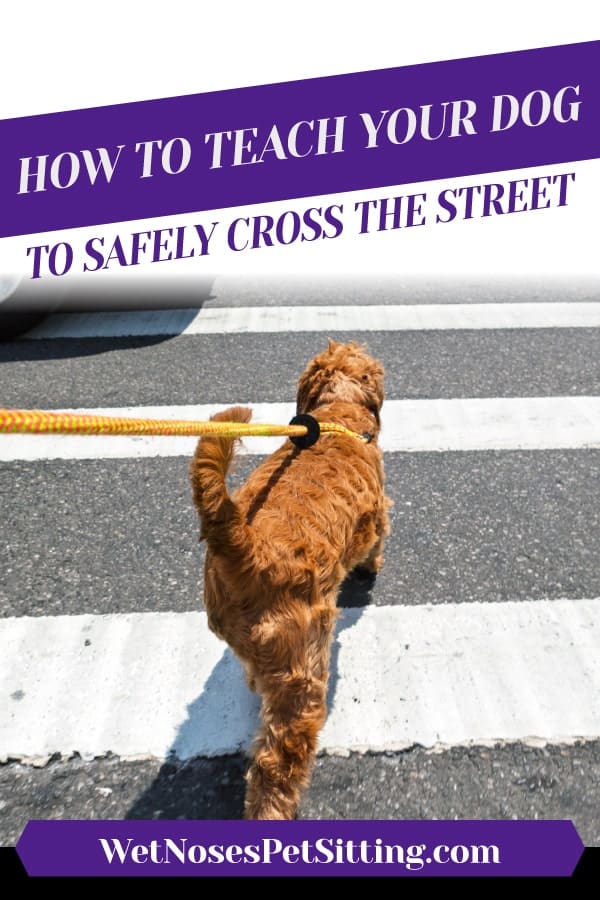

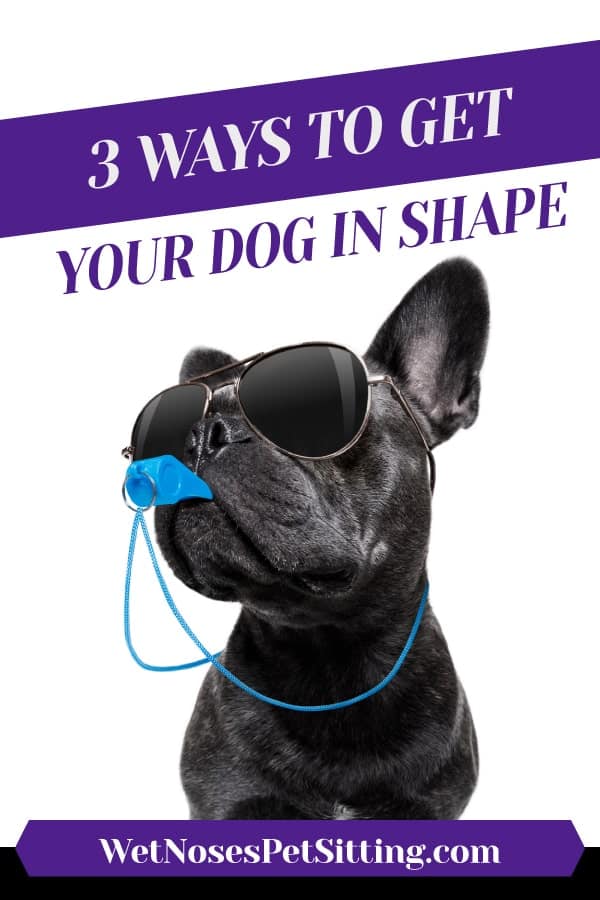
 Playing
Playing
